High-yielding hybrid of Vestri cabbage f1 with excellent taste
Despite its immunity, frost resistance and high yield, Vestri F1 is not the most popular white cabbage hybrid among gardeners. This is explained by its relative youth and demanding care - watering and fertilizing. In the article we will talk about the advantages, disadvantages and features of Vestri F1 agricultural technology.
Description of the cabbage variety Vestri F1
Vestry F1 is a hybrid of white cabbage bred by Dutch breeders. It is characterized by large, sweet heads of cabbage, suitable for fresh consumption and processing.
It was bred in the Netherlands as a result of breeding work by scientists from the MONSANTO company. Included in the State Register of Russia in 2006.
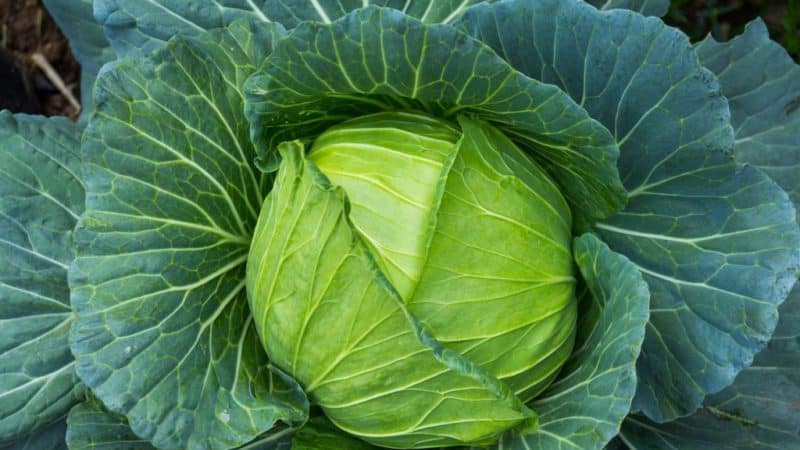
Chemical composition and beneficial properties
100 g of cabbage contains:
- vitamin PP – 0.7 mg;
- B1 – 0.03 mg;
- B2 – 0.04 mg;
- B5 – 0.2 mg;
- B6 – 0.1 mg;
- C – 45 mg;
- E – 0.1 mg;
- calcium – 48 mg;
- magnesium – 16 mg;
- phosphorus – 31 mg;
- chlorine – 37 mg;
- sulfur – 37 mg;
- iron – 0.6 mg;
- zinc – 0.4 mg.
The vegetable stimulates metabolic processes and has anti-inflammatory and analgesic effects. It is useful to use for atherosclerosis, coronary heart disease, gout, gallbladder and kidney diseases, constipation and gastritis with low acidity.
Heads of Vestri F1 are consumed fresh, added to salads, fermented, marinate, used for winter home preparations.
Ripening time and yield
This is a mid-season cabbage hybrid.Heads of cabbage reach technical maturity 85-100 days after transplantation seedlings into open ground.
Marketable yield is 550-739 c/ha.
Reference. The maximum yield in the Smolensk region is 870 c/ha.
Resistance to diseases, pests and frosts
The hybrid is resistant to fusarium and black rot, but it is affected by clubroot, aphids, cruciferous flea beetles, cabbage flies, damask flies and whiteflies.
Formed heads of cabbage can withstand cold temperatures down to -5...-8°C.
Description of the appearance of leaves and heads of cabbage
Vestri F1 produces homogeneous, dense, round-flat heads weighing 4-8 kg. The inner stalk is short, the outer stalk is of medium length. When cut, the cabbage is yellowish-white.
The raised rosette of leaves consists of green, slightly bubbly leaves of large to medium size with slightly wavy edges and a smooth surface covered with a waxy coating.
The heads of cabbage are juicy and sweet.
For which regions is it best suited and what are the climate requirements?
Vestri F1 is included in the State Register of Russia with access to growing in the Central, Far Eastern, Ural, West Siberian, East Siberian and Volga-Vyatka regions.
The main advantages and disadvantages of the Vestri F1 hybrid
Advantages:
- large size of heads of cabbage;
- excellent taste and high commercial quality;
- immunity to fusarium and black rot;
- abundant yield;
- universal use of cabbage;
- possibility of mechanical harvesting;
- high (about 95%) yield of marketable products;
- transportability;
- good preservation in the field after full ripening.
Disadvantages of Vestri F1:
- short-term storage;
- demanding for watering and loosening;
- poor growth indoors.
What is the difference from other varieties and hybrids
Comparison of Vestri F1 with other mid-season hybrids:
| Hybrid | Head shape | Head weight, kg | Productivity, c/ha |
|---|---|---|---|
| Vestri | Round-flat | 4-8 | 550-739 |
| Gabriel | Round | 1,6-2,1 | 358 |
| Globa | Oval | 1,4-2,9 | 269-759 |
| Juliet | Round-flat | 1,9-2,5 | 180-590 |
Features of planting and growing
The hybrid grows poorly in closed beds, but when sowing seeds directly into open ground, its yield decreases. Therefore, experts recommend growing Vestri F1 in seedlings.
Preparing to plant seeds and seedlings
Seeds for seedlings are sown from mid-March to mid-April. Preplanting preparation of seed consists of several stages:
- Calibration The seeds are dipped into a glass with a saline solution; after half an hour, the floating grains are thrown away, and those that have sunk to the bottom are used for further sowing.
- Disinfection. The grains are wrapped in cloth or gauze and left for 20-25 minutes. immerse in warm (+45…+50°C) water, and then for 2-3 minutes. keep in cold. This promotes rapid seed germination and the destruction of pathogens.
- Soak. The seed material is left in a nitrophoska solution for 12 hours to activate its germination.
- Hardening. After swelling, the seeds are wrapped in gauze and placed in the refrigerator overnight. During the day they are kept at room temperature, at night they are again put in the cold.
For growing seedlings, a substrate consisting of equal parts of turf soil and humus with the addition of wood ash (1 tbsp per 1 kg of soil) is suitable. Before use, the soil mixture is disinfected by leaving it in the freezer for a day, calcining it in the oven at +180°C, or spilling it with a weak solution of potassium permanganate.
A substrate 8-10 cm high is poured into prepared containers (peat pots or plastic glasses), a depression of 0.5-1 cm is made in it, into which 2-3 grains are placed.The seeds are covered with soil mixture, which is moistened with a spray bottle, and the containers are covered with polyethylene.
Reference. Vestri F1 does not tolerate diving well, so the seeds are sown immediately in separate containers.
After 5-7 days, when the shoots appear, the polyethylene is removed, and the seedlings are transferred to a room with an air temperature of +15...+18°C, providing them with 12-14 hours of daylight and regular watering with warm, settled water.
If the seeds were sown in a common container, after the appearance of 5-6 full-fledged leaves on the seedlings, picking is carried out.
2 weeks before transplanting seedlings into open ground, they begin to harden them: containers with plants are taken outside daily, first for 5-6 hours, gradually increasing this time. After a week, the container with seedlings is not taken into the room.
How to plant without seedlings
When growing cabbage without seedlings, the seeds are sown immediately in open ground to a depth of 1.5-2.5 cm so that the distance between rows is 50-60 cm, between plants - 40-50 cm.
The optimal temperature for crop development is +15…+18°C, an increase to +25°C and above is detrimental to Vestri F1.
Soil requirements
Despite the resistance of Vestri F1 to partial shade and cold, a well-lit, sunny area, protected from cold winds, is chosen for planting.
The hybrid prefers nutritious, light, loose soil with high moisture and air permeability and neutral (pH 6-6.5) acidity.
Predecessors
The best predecessors for Vestri F1 are cucumbers, potatoes, legumes and grain crops.
Dates, scheme and rules of planting

The seedlings are transplanted into open ground in late April - early May, when consistently warm weather has established and there is no risk of return frosts.
Landing algorithm:
- Dig up the selected area, form rows on it with a row spacing of 50-60 cm.
- Make planting holes in the rows, maintaining an interval of 40-50 cm between them.
- Remove the seedlings from the containers and transfer them, together with a lump of earth, to the planting holes.
- Cover the plants with soil up to the level of the first true leaf and water.
Planting density – 4 plants per 1 sq. m.
Features of cultivation and nuances of care
Vestry F1 is a capricious crop. For the full development and formation of large heads of cabbage, regular abundant watering and fertilization are important.
Watering mode
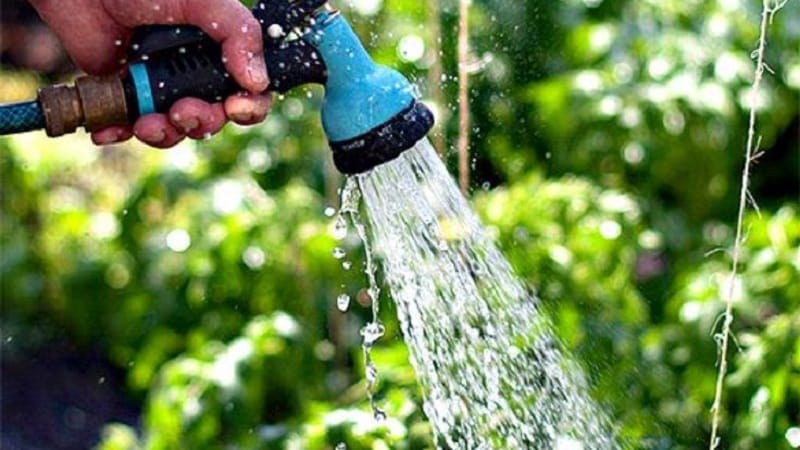
The frequency and abundance of watering depend on weather conditions. Immediately after transplanting the seedlings into the ground, watering is carried out 2-3 times a week, using warm (+18...+23°C) settled water. During the formation of heads of cabbage, the plants are watered daily, pouring 10 liters of water under each.
A month before harvesting, the frequency of watering is reduced to 1 time every 7-10 days, and 2 weeks it is stopped completely.
Important! Watering with cold water and waterlogging the soil leads to rotting of the root system, and wilting of leaves due to lack of moisture leads to the death of fibrous roots.
Loosening and hilling
Each time, before moistening the soil, loosening is carried out. For the first time to a depth of 4-5 cm, then - 8-10 cm. This avoids the formation of a dry crust on the surface of the earth, improves the access of moisture, nutrients and oxygen to the roots. At the same time, the soil is weeded, removing weeds.
Hill up cabbage 2-3 times per season to stimulate the development of adventitious roots and increase the nutrition of the heads of cabbage. For the first time, the procedure is carried out 20-25 days after transplanting the seedlings, raking the soil up to the stem to the height of the first full-fledged leaves.
Reference. To reduce the number of weeds and retain moisture and nutrients in the soil, the ground is mulched with sawdust, hay or straw.
Top dressing
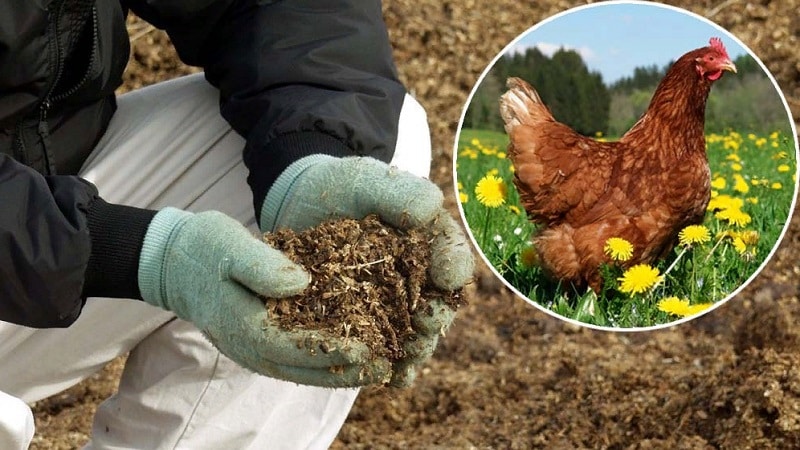
Fertilizers are applied according to the following scheme:
- 10 days after picking seedlings - 2.5 g of nitrate, 4 g of superphosphate and 1 g of potassium chloride per 1 liter of water;
- a week later - ammonium nitrate solution (3-4 g per 1 liter of water);
- 5 days before transplanting seedlings - 3 g of nitrate, 8 g of superphosphate and 1 g of potassium chloride per 1 liter of water;
- 10 days after planting the seedlings in the ground - a solution of mullein or chicken manure in a ratio of 1:10;
- when forming heads of cabbage - phosphorus-potassium fertilizers (40 g per 1 sq. m).
Measures to increase yield
To improve the yield of Vestri F1, stimulate the growth and expansion of vegetative mass by regularly applying organic and mineral fertilizers. They also carry out preventive treatments against diseases and pests that can destroy the crop or part of it.
Disease and pest control
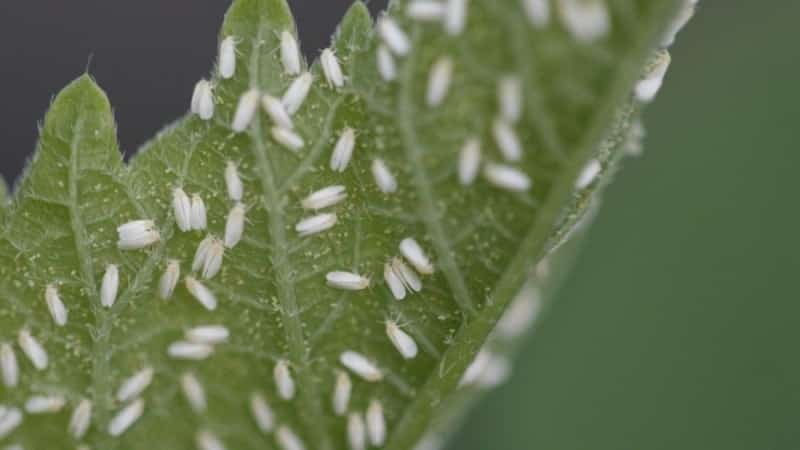
Diseases and pests dangerous to Vestri F1:
| Disease/pest | Description | How to fight |
|---|---|---|
| Kila | Plants wither and growths appear on the roots. | Damaged parts are removed and lime is added to the soil. |
| Aphid | The leaves turn yellow, curl, and dark spots form on them. | Plants are sprayed with an ash-soap solution, an infusion of potato tops, or the preparations “Rovikur”, “Corsair”. |
| Cruciferous flea beetles | Ulcers appear on plants. | Immediately after transplantation, the seedlings are pollinated with wood ash, and then sprayed with a tobacco-ash solution. |
| Cabbage flies | The leaves acquire a blue-leaden tint and dry out. | Use garlic or ash solution, preparations “Confidor”, “Karate”. |
| Babanukhi | Beetles eat cabbage leaves, they become thin and rotten. | Spray with insecticides "Aktara", "Aktofit". |
| Whiteflies | The leaves become covered with a white coating and turn black over time. | Plantings are treated with Akarin and Decis. |
Harvest and storage
The harvest is harvested in late July - early August, cutting off the heads of cabbage with a sharp, disinfected knife at a height of 3-5 cm from the ground, leaving the lower leaves and the fertile stem.
Reference. To increase shelf life, the heads of cabbage are left in the garden until the top leaves have wilted.
If the cabbage is dug up with a shovel along with the roots, the root system is cleared of soil, the heads of cabbage are freed from yellowed, dried leaves and dried on straw.
The cabbage is placed in wooden or plastic boxes, pre-wrapped with cling film, and placed in a well-ventilated place with an air temperature of 0...+3°C and a humidity of 80-90%. In such conditions, the heads of cabbage are stored for 3-4 months.
What difficulties may there be when growing
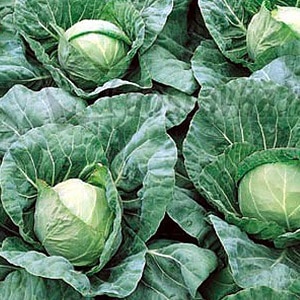
Problems when cultivating Vestri F1:
- root rotting due to excessive watering or use of cold water;
- wilting of leaves due to lack of moisture;
- yellowing, drying of leaves, appearance of spots on them as a result of pest damage.
Tips and reviews from experienced gardeners about the hybrid
Farmers recommend:
- plant cabbage in a well-lit area - this way the heads of cabbage will develop better and faster;
- Use only warm water for watering to avoid the risk of root rot.
Gardeners in their reviews of the hybrid indicate both its positive and negative qualities.
Rita, Moscow region: “I grew Vestri for several years, I really liked the large, dense heads of cabbage and their taste. Ideal for salads and homemade preparations. But in the end I preferred other varieties, because this one is very capricious - the feeding alone is worth it.”
Maria, Bryansk: “I was satisfied with this hybrid in almost everything - the heads of cabbage are large, dense, sweet, and store well. But this cabbage needs very meticulous care, starting with frequent watering with warm water and ending with fertilizing as many as 5 times a season.”
This is interesting:
Kale cabbage - what kind of plant is it and what does it look like?
If cauliflower blooms, what to do with it and can it be eaten?
Conclusion
Vestri F1 is a mid-season hybrid characterized by large fruit, immunity to common diseases, high yield and sweet, juicy heads of cabbage. When deciding to grow this hybrid, it is important to take into account that it is demanding in care, and the harvest can be stored for no longer than 4 months.